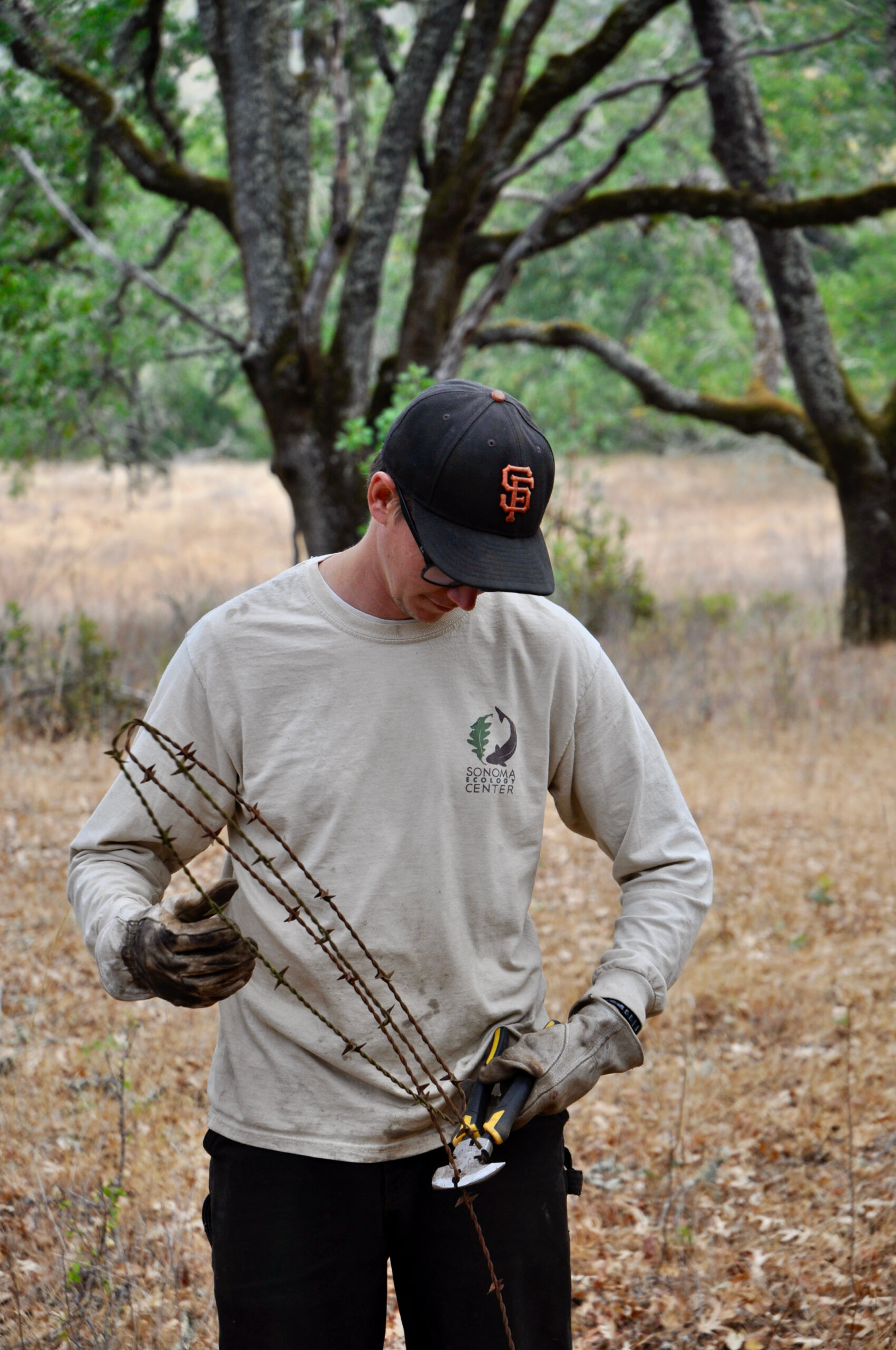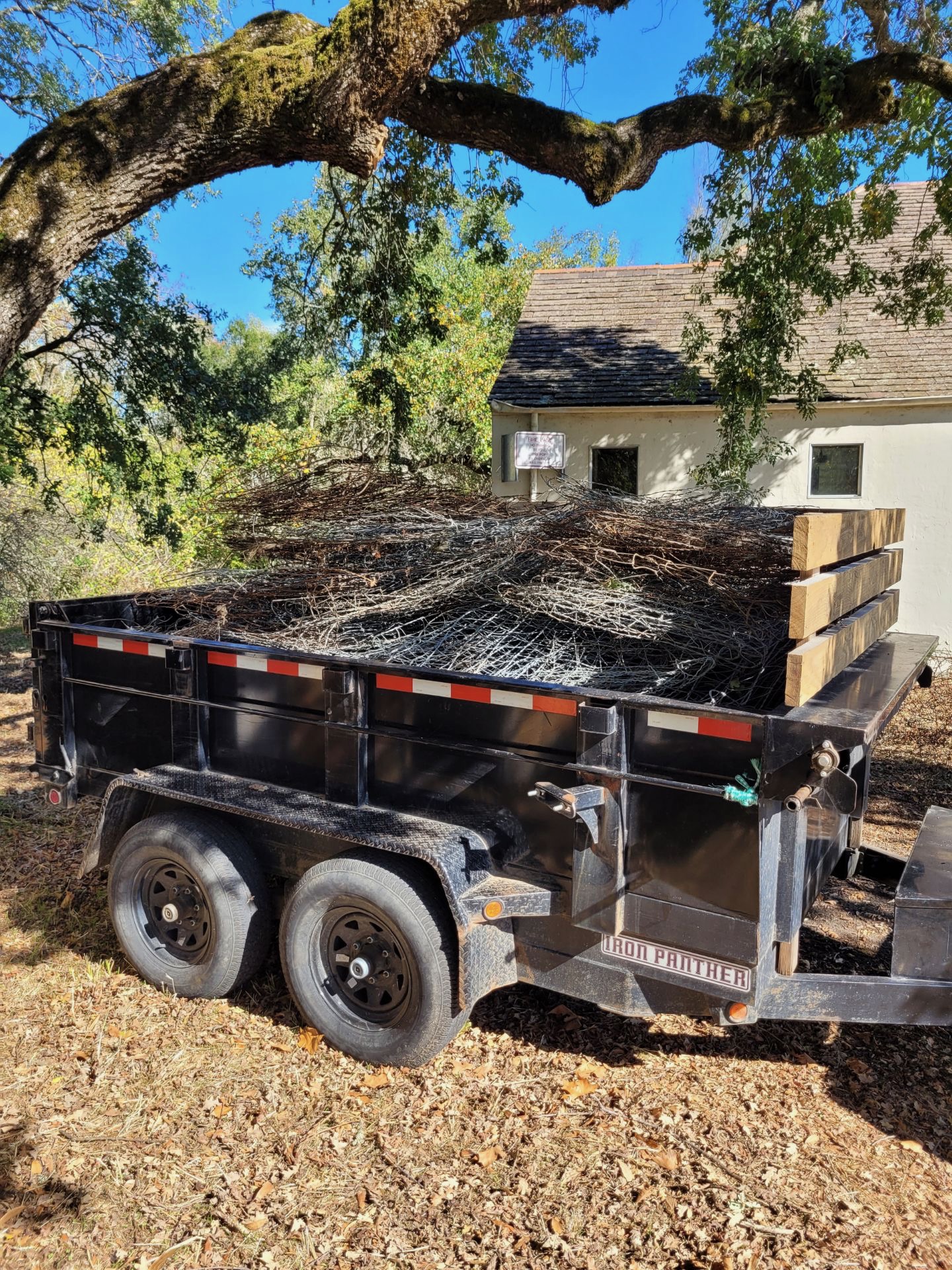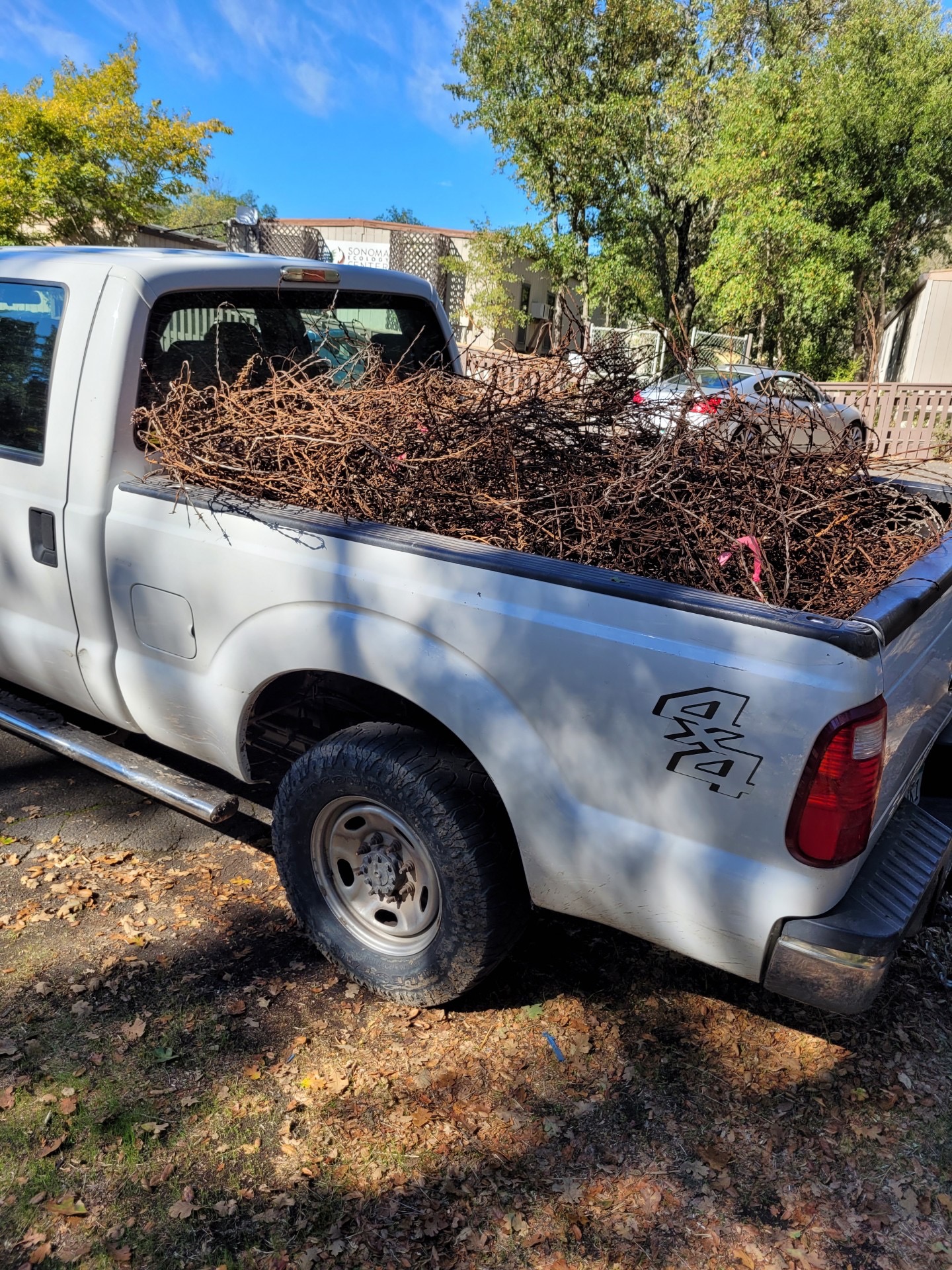Wildlife Corridors are a way for animals to move through areas where habitat fragmentation occurs because of development.
Places where animals move unimpeded across large areas of land show increased biodiversity and greater genetic diversity, with lowered risk of inbreeding and genetic defects. Effective wildlife corridors benefit humans too – decreasing the number of animals attempting to cross busy highways (and causing potentially fatal accidents) or becoming habituated to human activity.


Keeping the Sonoma Valley Wildlife Corridor functioning has been a multi-year project involving multiple agencies with a shared goal of ensuring that as development increases across Sonoma County, essential wildlife passage continues to exist.
One area of focus to maintain wildlife movement across Sonoma Valley is a narrow part of the corridor where it crosses the Sonoma Developmental Center (SDC). SDC connects Jack London State Historic Park and Sonoma Mountain to the west, with the eastern hills of Sonoma Valley, making preserving and improving the function of the corridor in this location essential.
The SDC property, as described by Sonoma Land Trust, is “a critical link in the landscape that provides high climate diversity and slower rates of climatic change than similarly sized linkages throughout the North Bay.” In an assessment of the SDC property by Gray and Merenlender (2015), findings showed the property serves as a key location for landscape permeability and freedom of movement by wildlife as long as it is left largely undisturbed.
![P00[474:474] TT[1331] E[085:0831]G[040:0x36] IR[F] LV[101:-18]](https://sonomaecologycenter.org/wp-content/uploads/2021/11/IMG_0648.jpg)
![P00[1023:1023] TT[430] E[147:0056]G[008:0x06] IR[F] LV[195:30]](https://sonomaecologycenter.org/wp-content/uploads/2021/11/IMG_0472.jpg)
![P00[1023:1023] TT[741] E[109:0294]G[024:0x16] IR[F] LV[141:-24]](https://sonomaecologycenter.org/wp-content/uploads/2021/11/IMG_0263.jpg)
![P00[1023:1023] TT[1200] E[120:0182]G[008:0x06] IR[F] LV[167:3]](https://sonomaecologycenter.org/wp-content/uploads/2021/11/IMG_0108.jpg)
A collection of images from our wildlife cameras that are monitoring exactly who from the animal kingdom is passing through the creek corridor section of the Sonoma Valley Wildlife Corridor. This research is made possible by the research portion of the grant from the California State Coastal Conservancy which funded the entire fence removal project.
Fencing that SEC’s Restoration crew members hauled away was left over from pasture development on the SDC property prior to the mid-1970s. No longer serving its purpose, the defunct fencing had the potential to cause serious animal injury or death as a result of collision or entanglement (Gray and Merenlender, 2015).


While the future of the SDC campus remains undecided, visitors to the area can participate in making the area more wildlife friendly through simple guidelines: when you’re out for a hike stick to established trails rather than taking lightly travelled social trails or duplicate trails. Use formal trailheads for access, and keep dogs leashed to prevent startling wildlife. Property owners in the area can also help by removing fencing that isn’t needed, or by providing ways animals can move more safely through their property. A guide to fencing and wildlife we wrote for Sonoma County Ag + Open Space can be found at this link. Through actions big or small we all can take steps to help keep the animals we coexist with safer, healthier, and more wild.
Sources:
Analysis of the Sonoma Developmental Center property for maintaining connectivity along the Sonoma Valley Wildlife Corridor: Implications for wildlife movement and climate change adaptation, Morgan Gray, PhD Candidate, Adina Merenlender, PhD
Adaptive Management Strategy for Science-Based Stewardship of Recreation to Maintain Wildlife Habitat Connectivity, Jeremy S. Dertien, Courtney L. Larson and Sarah E. Reed
